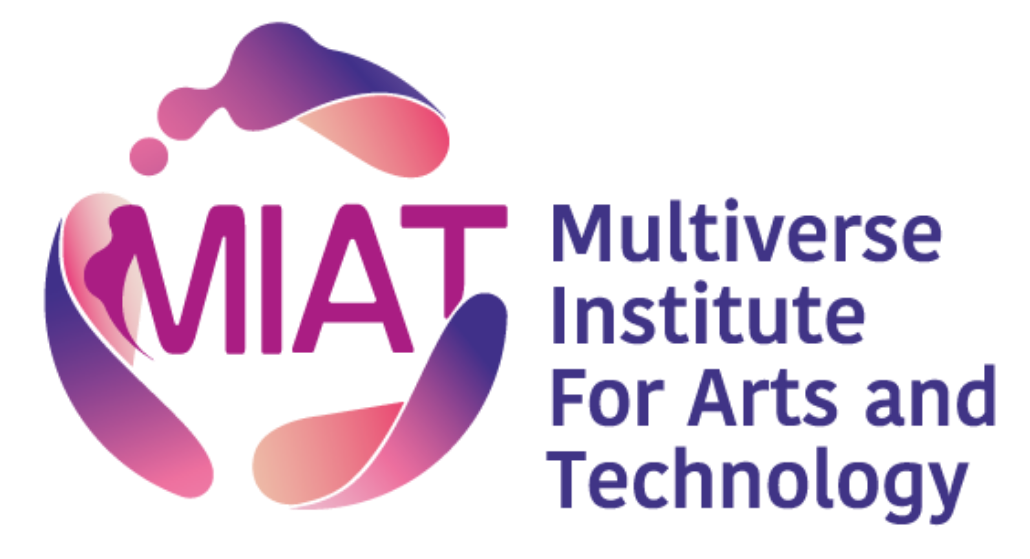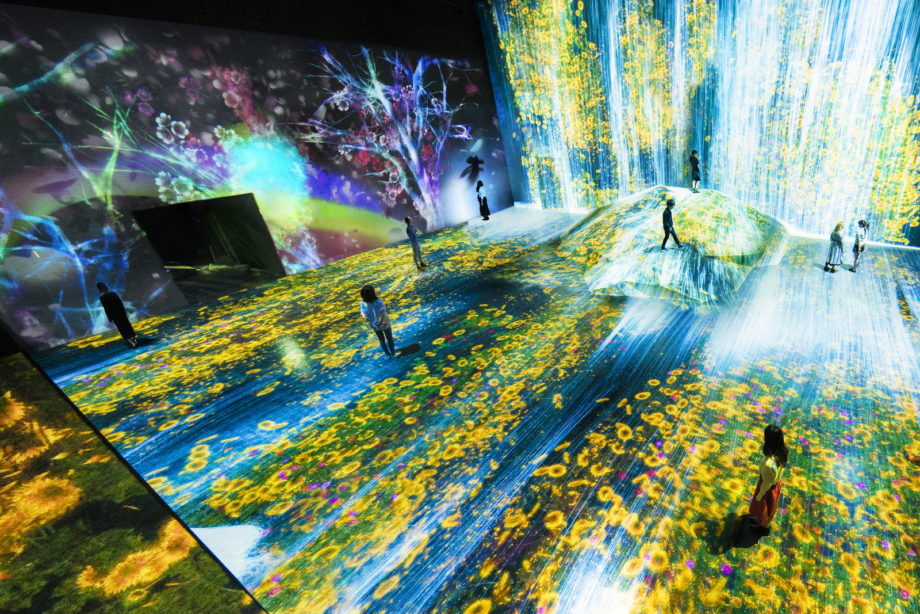This was the main question to be answered during the international think tank promoted by RectoVRso which saw the participation of international guests and our CEO and co-founder Elisabetta Rotolo.
The event was held in the entirely virtual environment of Laval Virtual World, where people interacted and confronted through their avatars, on the major innovations that are transforming museums in the digital age.
What is MIAT’s answer on the subject? How should museum navigate and nail audiences’ engagement? and how new immersive technologies can help achieve this goal?
- M-eeting the expectations of the audience members could be the first answer to this challenge. As Ed Rodley, Co-Founder and Principal from Experience Alchemists, suggests in the week-long event called MuseumNext’s Digital Summit, to achieve a mayor engagement in museums it is necessary to change the approach from thinking and creating a simple visit to an installation, to generating a highly inviting, transformative, and interacting journey. But how?
- I-mmersive environments are the key. It is no longer a matter of visiting an environment or a museum as a passive observer, but it is a matter of being immersed in an entirely new experience where people can be protagonists feeling and letting themselves be carried away by sensations never felt before. Good immersivity is thus used to create essence of presence and participation. What better way to tell a story than to be part of that story yourself?
- A-ctivate your public through storytelling, is consequently another key feature for the museums of the future. But storytelling alone is not enough, it is in fact the immersive storytelling that, transported into the exhibitions, builds narratives that transform abstract path into concrete and immersive journeys provoking emotional audience engagement.
- T-hus, emotional evocation, is the goal to achieve to transport today’s museums into the future digital era. Generating feelings of cohesion and connection and also a playful participation breaking the link between play and gamification to encourage playfulness, which in tourn deepens learning and involvement.
Finally, trying to draw a conclusion to such a broad, evolving theme, MIAT draws a vision of the museums of the future, which puts people at the center, who are constantly invited to contribute, collaborate, co-create and co-opt experiences, creating a network capable of changing and improving the environment in which these people move, thanks to their stories, interpretations, experiences and emotions.


